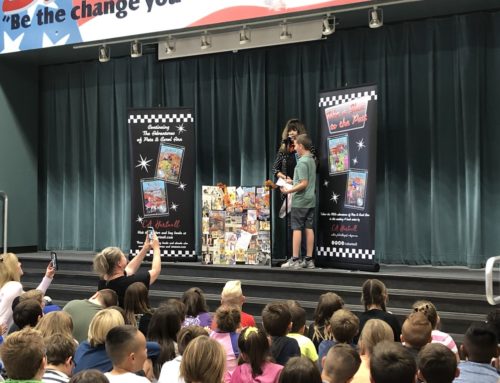If you were born after the 1950s, you may know little or nothing about the frightening epidemic that was part of just about everyone’s lives back then. Polio outbreaks were frequent and not well understood. Although doctors, hospitals and health organizations tried to fight this crippling disease, it continued to spread and affect children throughout this era. President Truman had declared polio a threat to the country just a few years earlier.
The Outbreaks
Polio 1955 was a period of great worry and concern for thousands of parents in the country. Despite preventative measures such as closing public pools, increased sanitation, canceling events with large numbers of people and the like, the disease continued to spread and take the lives of children with it.
Polio had no cure and no identified causes, and often, it could not be even be contained. Many people could not care for their loved ones with the disease due to a lack of money. Eventually, the National Foundation for Infantile Paralysis was organized through the March of Dimes. This organization raised thousands of dollars to help people pay medical bills and fund research for an effective vaccine.
The disease cut across all dividing lines of this country. Race, religion, gender, geographic location and socioeconomic status did not matter. Although anyone could catch the disease, it seemed to harm children the worst.
The Cause
After many years of studying the disease, professionals discovered that improved sanitary conditions ironically caused the spread of the disease. Before the outbreaks began, infants frequently had more contact with human waste and developed an immunity to the disease at a young age. Infants were much less likely to suffer long-term consequences of polio.
As sanitation improved, young children no longer had immunity. When they contracted the disease, which attacked the body’s nervous system and sometimes killed muscles, they were often left paralyzed.
The Vaccine
The first attempts at a vaccine infected thousands of children, giving them the disease the vaccine was trying to prevent. After many attempts, an effective vaccine was finally discovered, and the steps to eradicate this disease began in earnest, first in the United States and then in the Western Hemisphere. Today, polio cases are few and far between, and the possibility of eliminating it is a potential reality.
The Result
Although some died from this disease and others were left crippled for life, many escaped with little or no long-term effects. As a result, this generation that survived has been built on a toughness that few can understand or appreciate.
One story in a new four-book children’s series exploring life in the 1950s by CA Hartnell addresses the polio scare from the perspective of two pre-teenagers. Turn back the clock and explore this unique period of history with these great books for grandchildren.




